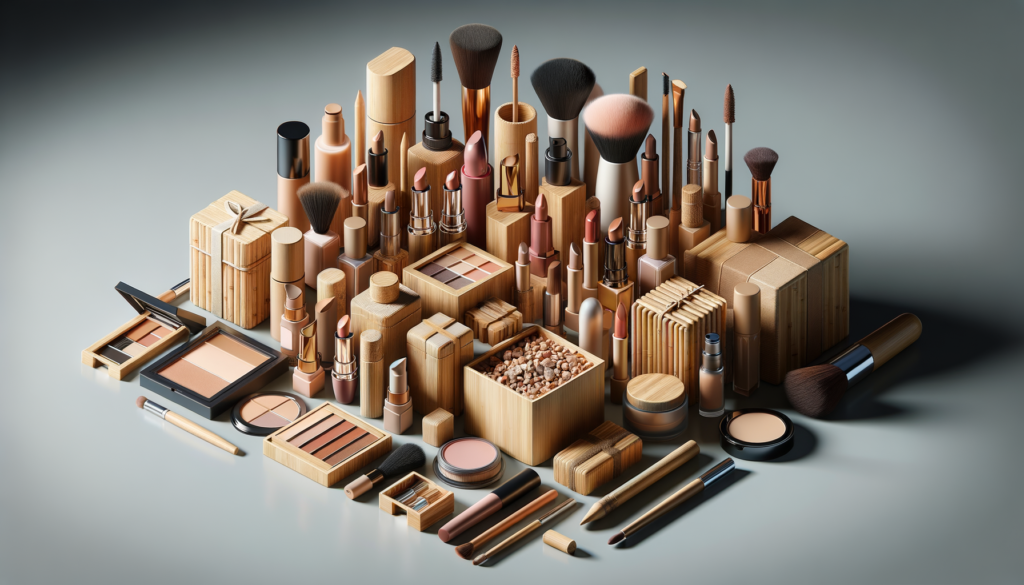The Gaming Blog

The Importance of Cosmetic Packaging
Cosmetic packaging plays a pivotal role in the beauty industry, serving not just as a container but as a powerful marketing tool. The first impression of a product often comes from its packaging, which can influence consumer decisions significantly. With the rise of social media and the increasing focus on aesthetics, the design and functionality of packaging are more crucial than ever. Companies invest heavily in packaging because it reflects the brand’s identity and values, often becoming a silent salesperson on the retail shelf.
Effective packaging can communicate the essence of a brand and its products. It provides essential information, such as ingredients and usage instructions, while also ensuring the product’s safety and longevity. In a market saturated with options, distinctive packaging can make a brand stand out, encouraging brand loyalty and repeat purchases.
Additionally, packaging must meet various regulatory standards to ensure consumer safety. This includes using materials that are safe for both the product and the environment. The shift towards sustainable packaging solutions is evident, with many brands opting for recyclable or biodegradable materials to reduce their environmental impact.
Materials Used in Cosmetic Packaging
The choice of materials in cosmetic packaging is crucial, impacting both the product’s preservation and its environmental footprint. Common materials include plastic, glass, metal, and paper, each offering unique benefits and challenges.
Plastic remains a popular choice due to its versatility and cost-effectiveness. It is lightweight, durable, and can be molded into various shapes and sizes. However, the environmental concerns associated with plastic have led to increased scrutiny and a push towards more sustainable alternatives.
Glass is another widely used material, known for its premium feel and recyclability. It is ideal for products that require a non-reactive container, such as perfumes and serums. However, its fragility and weight can pose challenges in terms of shipping and handling.
Metal packaging, often used for products like lipsticks and compact powders, offers durability and a sleek appearance. It is also recyclable, making it an attractive option for eco-conscious brands. Paper and cardboard are gaining popularity for secondary packaging, providing a canvas for creative designs while being easily recyclable.
Innovations in Cosmetic Packaging
The cosmetic packaging industry is constantly evolving, driven by consumer demands for innovation and sustainability. One of the notable trends is the use of smart packaging, which incorporates technology to enhance user experience. This includes features like QR codes for product information and augmented reality experiences.
Another innovation is the development of refillable packaging, aimed at reducing waste. Many brands are offering refill options for products such as creams and serums, allowing consumers to purchase only the product without additional packaging.
Biodegradable and compostable materials are also making their way into the market, addressing the growing concern over plastic waste. These materials break down naturally, reducing the environmental impact of discarded packaging.
Additionally, brands are exploring the use of minimalist designs, focusing on simplicity and functionality. This trend not only appeals to modern aesthetics but also reduces the amount of material used, contributing to sustainability efforts.
The Role of Design in Cosmetic Packaging
Design is a critical aspect of cosmetic packaging, influencing both the visual appeal and functionality of a product. A well-designed package can capture attention, convey brand values, and enhance the overall user experience.
Color plays a significant role in packaging design, often used to evoke emotions and create brand recognition. For instance, luxury brands may opt for sleek black or gold packaging to convey elegance and exclusivity, while natural brands might use earthy tones to emphasize their eco-friendly ethos.
The typography and graphics on packaging also contribute to its effectiveness. Clear, easy-to-read fonts ensure that important information is communicated effectively, while creative graphics can make a product more appealing and memorable.
Functionality should not be overlooked in design. Packaging must be easy to use, ensuring that consumers can access the product without hassle. This includes considerations for ease of opening, product dispensing, and storage.
Future Trends in Cosmetic Packaging
The future of cosmetic packaging is likely to be shaped by technological advancements and a continued focus on sustainability. Smart packaging will become more prevalent, offering interactive features that enhance consumer engagement and provide valuable insights to brands.
Sustainability will remain a key focus, with innovations in materials and processes aimed at reducing environmental impact. This includes the development of new biodegradable materials and more efficient manufacturing techniques that minimize waste.
Customization and personalization are also expected to grow, with brands offering tailored packaging solutions that cater to individual consumer preferences. This could involve personalized labels, unique designs, or even bespoke packaging shapes.
As consumers become more conscious of their environmental footprint, transparency in packaging will become increasingly important. Brands will need to communicate their sustainability efforts clearly, providing information on material sourcing, recyclability, and environmental impact.









